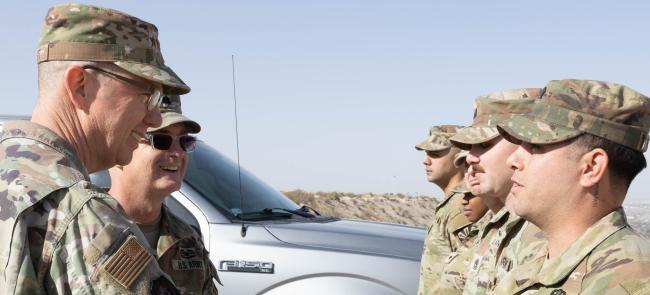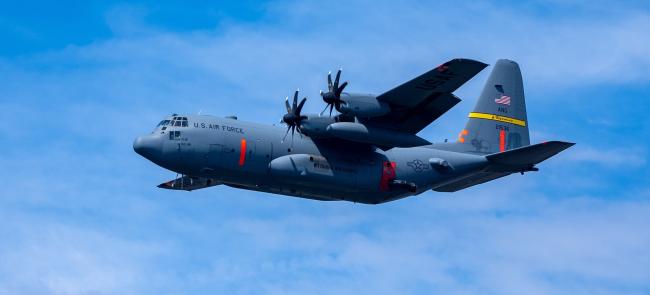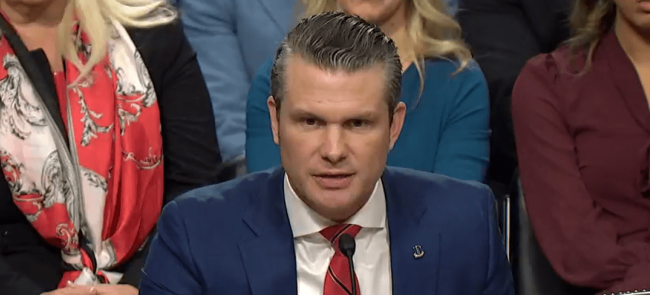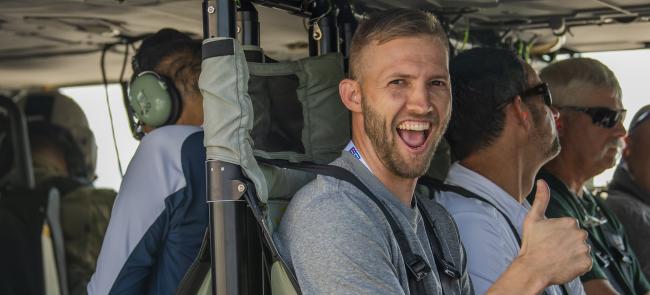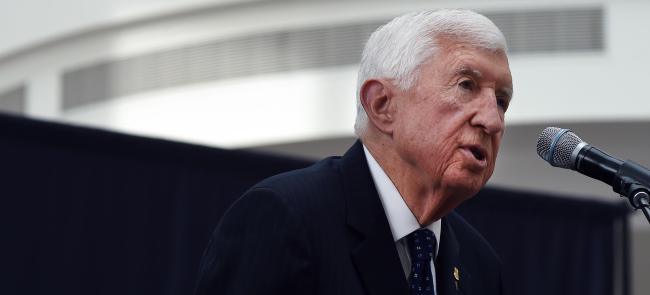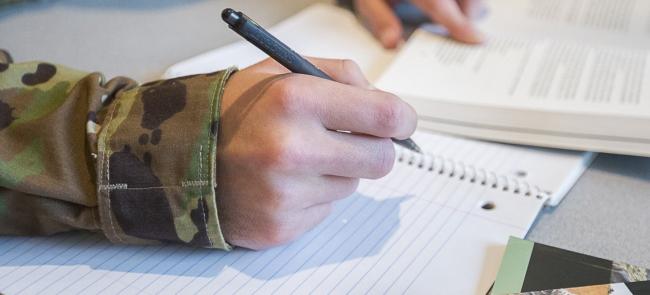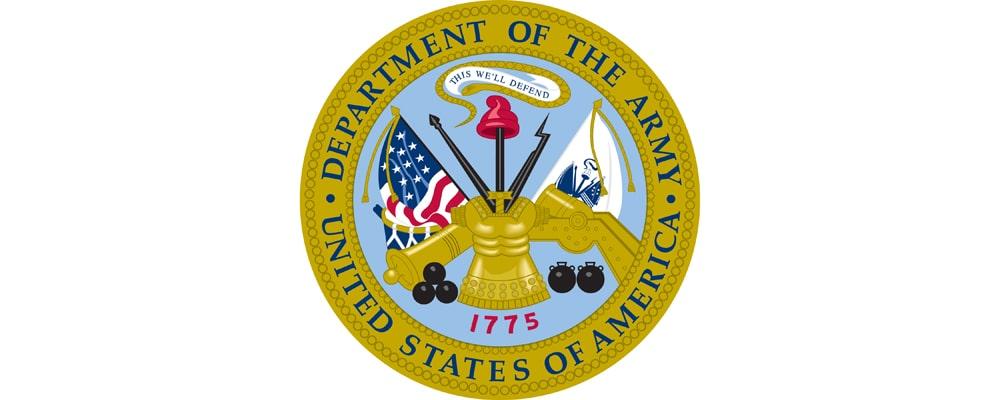
The Army’s two new directives regarding the handling and reporting of "protest, extremist and criminal gang activities" by soldiers and their commanders applies to National Guardsmen.
According to the rules, the Army regulations apply "to the regular Army, Army National Guard/Army National Guard of the United States, and U.S. Army Reserve."
The two directives were signed and released to all Army commands, service component commands and direct reporting units by Army Secretary Christine Wormuth on June 14.
The new rules encompass a broad range of activities — including fundraising and participating in gang or extremist groups or events — and have been in the works for three years, according to reports.
Both rules are available on the Army Inspector General’s website here. The Army's new directive on handling extremist activity is available here, while the service's new directive on reporting extremist activity is available here.
The directive about handling extremist activity has a section titled "command options," which states the rules "apply to members of the Army Reserve and the ARNG regardless of whether the prohibited activity occurs while on or off orders under Title 10 or 32 of the USC."
"As appropriate, commanders may pursue adverse administrative in addition to or in lieu of punitive action in response to a Servicemember's active participation in extremist activities," the directive continues.
Wormuth acknowledges some of the prohibited activities "would be constitutionally protected in a civilian setting" in the memo about handling extremist activity.
"Enforcement of this policy is a responsibility of every command, is vitally important to unit cohesion and morale, and is essential to the Army's ability to accomplish its mission,” she adds.
While the Army's new directives are applicable to the Guard and Reserves, it remains unclear whether either component will release separate directives.
Commanders now have a range of options, including but not limited to adverse administrative action, involuntary separation or loss of security clearances, when dealing with extremist activities.
Col. Jon Clausen, who oversaw the development of the new directives, told Military.com in a June 26 statement that more clearly defining extremism is intended to be "helpful in educating the force and fostering a shared understanding on this topic."
The directive on handling extremist activity considers "advocating or engaging in unlawful force or violence to achieve goals that are political, religious, discriminatory, or ideological in nature" to be extremist in nature.
Prohibitions on social media activity are also harsher, even extending to "posting, liking, sharing, re-tweeting, or otherwise distributing content-when such action is taken with the intent to promote or otherwise endorse extremist activities."
The directive also places more emphasis on the role of commanders, noting they "should remain alert and should intervene early, primarily through counseling, when observing signs of future extremist activities."
Soldiers will additionally be periodically reminded and receive instruction about the new policies, with early intervention being viewed as a means to "minimize the risk of future extremist activities."
All appropriate Army authorities will be expected to report allegations of wrongdoing to the subject’s commander or Army IG within 30 calendar days or 60 calendar days for Guard and Reserve component AAAs.
If an allegation is not reported, a commander or authority will have to provide an explanation as to why referral is not appropriate.
The Army’s IG will also be expected to submit quarterly reports detailing incidences and any observed data trends.
The Army first addressed the use of social media for promoting extremist ideology in 2020 with the publication of Army Command Policy (AR 600-20). A 2021 report further updated the Pentagon’s definition of extremism.
— By Jennifer Hickey

